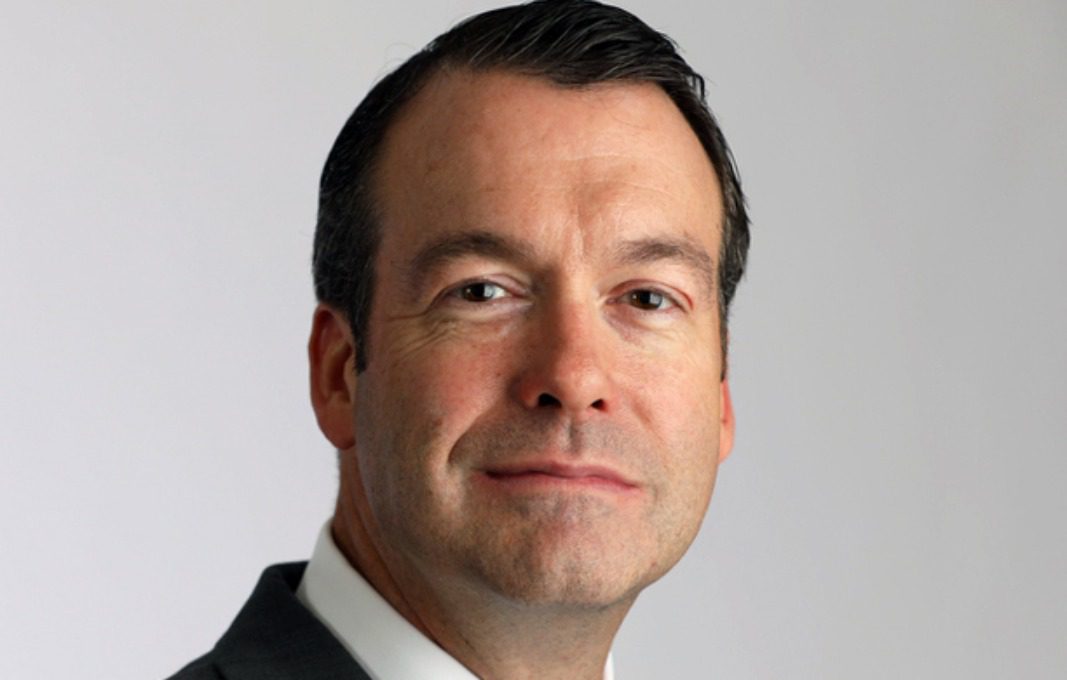Focusing on talent is insurance brokerage Brown & Brown’s “north star,” says Andrew Watts, CFO. All the ways the Daytona Beach, Florida-based company builds value stem from its employees.
So it makes sense that the Great Resignation has meant Watts is amping up his efforts to attract and retain the best talent. He spoke with StrategicCFO360 about his efforts, why it’s important to consider regional nuances in your searches and what incentives work best.
The Great Resignation continues to be one of business’ biggest challenges. As a CFO, how have you been engaged in conversations about talent retention and recruitment?
While I have always had a strong personal interest in recruiting and talent development, over the past year this has certainly demanded even more of my attention. This started with more frequent conversations with our Chief People Officer, Julie Turpin. We have made good use of our offices being across the hall, as—in addition to scheduled meetings—we are consistently bouncing ideas off each other to discuss strategic planning, required resources and ways we can keep our teammates happy and engaged in the new “normal.”
Moreover, I have made an effort to reach out to our offices across the company to discuss what they are seeing and what support they need from the organization. Talent and recruiting, while a national topic, has very regionalized nuances. By looking at this from different perspectives, I help align our investments toward initiatives that will benefit our recruiting and retention efforts.
Beyond compensation, how else can a CFO specifically help an organization extract value and maximize talent returns?
People stay where they feel valued and see growth, with salary only being a component. The other components are incentive compensation and ability to earn equity in your company. One of the ways in which a CFO can directly impact talent is by assessing and investing in employee-focused initiatives that make work more efficient and fulfilling, which can lead to better results and engagement. CFOs can also help create incentive plans that reward performance.
I work hand-in-hand with our Chief People Officer and business leaders to create feedback loops—office visits, surveys, focus groups—that allow us to consistently assess the needs of our teammates so we can adjust our rewards plans accordingly. We try to be proactive in making investments that we believe best address this feedback.
For example, Brown & Brown is consistently investing in leading-edge technology so our teammates can be as productive as possible. We also created a “wealth dashboard” for them that includes everything from compensation, retirement plans, healthcare costs and savings simulators. We have refreshed and added financial planning and wellness benefits for our teammates, which directly correlates with retention and supports long-term wealth creation.
In today’s business environment, how can a company maintain a focus on long-term strategy when business is so impacted by unexpected, global events?
A company should never forget its north star. In our case, it’s our focus on talent. While agility cannot be understated, always having a guide is key. This allows for balance between long-term strategy and the unexpected nature of business as we have seen over the past 18 months.
Long-term strategy helps facilitate growth and delivers shareholder value. Part of long-term strategy is about setting a vision, preparation, execution and risk mitigation. For example, approximately three years ago we added several doctors to our team to strengthen our employee benefits practice and respond to the evolving healthcare landscape.
It was these same doctors who were integral in our efforts to create a Covid-19 response strategy for our own business, as well as how we engaged with customers and prospects. By taking a more comprehensive view of challenges, we were able to impact our operational needs, and most importantly, support our customers in a very different manner than we could have before by having doctors with CDC and population health management experience.
On the subject of driving shareholder value, where are you focusing most of your attention in this current environment?
Brown & Brown is not necessarily focusing our attention in one area, as shareholder value is realized as the result of multiple efforts. As I mentioned earlier, recruiting and talent development is a critically important part of our strategy that helps our business thrive. A company can have a great strategy, but if they do not have great people, nothing can get accomplished.
Next is our emphasis on how we can best leverage technology, data and analytics for the betterment of our customers, teammates and carrier partners. Third would be continuing our acquisitions strategy, as over the years this has helped make us an even better organization by increasing our talent, capabilities, geographic breadth and technology. This approach has always been driven by identifying culturally aligned firms that diversify our capabilities and make sense financially.
We are also concentrated on making investments throughout the company that can help us better serve our customers as their needs continue to grow and become more complex. For example, in 2020 Brown & Brown acquired CoverHound to augment our technology and sales platforms, which will enable us to serve a market segment that we have not fully addressed in the past and increase the distribution of insurance coverage.
Finally, we are laser-focused on operational execution. This is about catalyzing value—whether from acquisitions, new technology, etc.—by having a dogged discipline in how we run our business and making strategic decisions on where and when to scale. When a company such as ours has approximately 23 percent internal ownership, it binds everyone together toward a common goal. Grow the company profitably by serving our customers the best that we can, and then shareholder value will be created for everyone.








